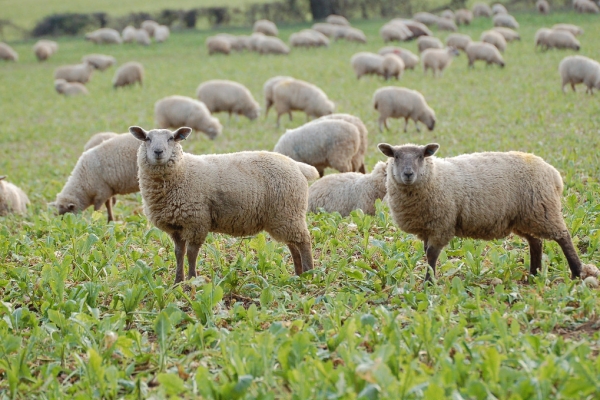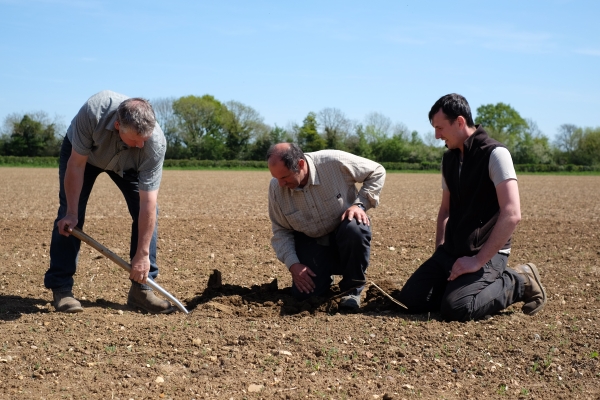Cover Cropping – Successes and Failures
Groundswell 2024
Resource explained
The use of cover crops is one of the most important tools for regenerative agriculture to ensure good soil health. This resource is a recording of a Groundswell 2024 session organised by Agricology and the GWCT Allerton Project. The format was a candid panel discussion on successes and failures of cover crops with questions from the audience. The panel was chaired by Joe Stanley of the Allerton Project, and consisted of 400 hectare Suffolk farmer Tom Jewers, 2022 Nuffield Scholar and Cambridgeshire arable farmer Toby Simpson, and Kings‘ Technical Manager Jim Egan.
Findings & recommendations
- Don’t be afraid of failure – we can learn from our mistakes. Cover crops may not work every time but if you don’t try you can’t succeed!
- Good planning is important – get the right seed mix for your situation. Set the objectives you want to achieve with a cover crop, that will determine the species to include. Get advice.
- Treat the cover crop as a crop – don’t cut corners. It needs investment e.g. slug pellets to ensure success.
- Go for mixtures – the more species you put in, the more chances of success.
- Think year round, not just winter – Tom has had success with shorter-term catch crops. Use every opportunity to avoid bare ground, capture sunlight and build soil carbon.
- Climate change can bring weather challenges but the benefits offset the challenges – slugs can graze cover crops and leave emerging wheat. Carabid populations (which eat slugs) increase with the use of cover crops.
- Cover crops are a system enabler – seeds in the ground for living roots enable no-till and enable livestock integration.
Summary provided by:
Phil SumptionEdited by:
Janie CaldbeckRelated articles
Come along to ‘The Study’ at Groundswell, where a varied and stimulating range of talks combining science, education and farming await...
Guidance on selecting and managing cover crops according to your requirements, outlining financial, agronomic and environmental benefits.
An update from research undertaken as part of the Demonstration Test Catchments research platform established to investigate the extent by which on-farm mitigation measures can...
One of the AHDB 'Farmer Experience' profiles providing insights into how and why Jake Freestone of Overbury Farms uses cover crops.
Abstract created as part of the DiverIMPACTS project outlining some of the benefits that can be attained from establishing summer cover crops on sandy soils...
One of a series of Innovative Farmers films shining a light on a field lab - this one focuses on no till and cover crop...
An introduction to the potential environmental and agronomic benefits of cover crops in arable systems.
A comprehensive guide to help you protect and improve biological ecosystems and crop management, and your arable and livestock enterprises.
Everything you need to know about the management of cover crops: Check out this free, interactive web-based tool.











